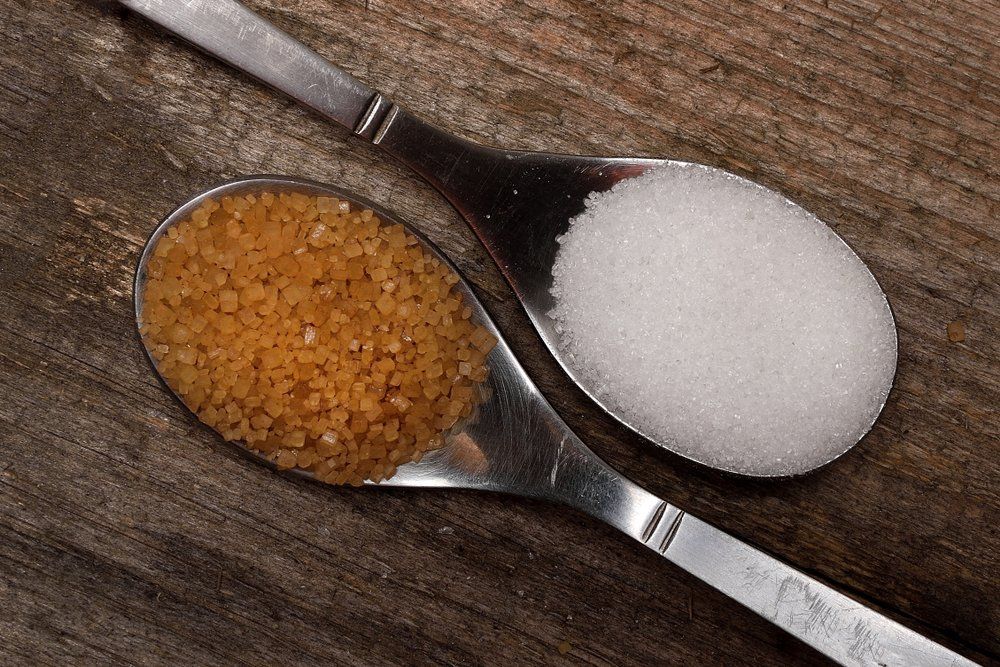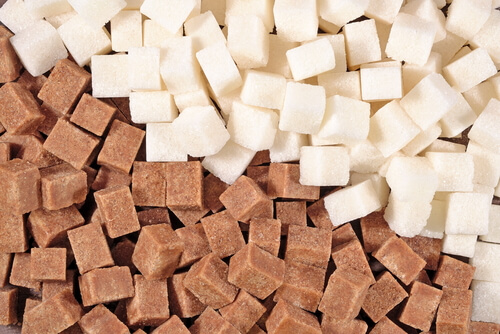The debate on beet sugar vs cane sugar often focuses on processing methods and nutritional content.
Checking Out the Differences in operation and Advantages In Between Beet Sugar Vs Cane Sugar
In the culinary world, the option in between beet sugar and cane sugar is not simply concerning sweet taste but involves a nuanced consideration of flavor, application, and influence. While both sugars come from different plants, each goes through unique manufacturing procedures that subtly affect their attributes and viability for numerous dishes. As cooks and consumers progressively prioritize both the environmental and flavor accounts of their active ingredients, recognizing these differences becomes essential. This expedition offers insight right into just how each sugar type can best improve culinary creations.
Origins and Production Processes of Beet and Cane Sugar

Walking cane sugar, on the other hand, comes from the sugarcane plant, a tropical lawn native to Southeast Asia but now cultivated in exotic zones worldwide - beet sugar vs cane sugar. The manufacturing of cane sugar begins with the harvesting of cane stalks, which are squashed to release the juice.

Nutritional Material and Health And Wellness Considerations

When comparing the dietary content of beet sugar and cane sugar, it comes to be noticeable that both types basically provide the very same caloric worths, with around 16 calories per tsp and no significant nutrient diversity. Each is made up virtually entirely of sucrose, which is an easy carbohydrate that provides quick power but does not have vitamins, minerals, or fiber. This resemblance encompasses their effect on health and wellness, especially worrying blood sugar levels. Both sugars, when consumed over, can add to elevated blood sugar levels, a risk element for diabetic issues and various other metabolic problems. Excessive consumption can lead to weight gain and oral problems, as both sugars are equally cariogenic, advertising tooth decay. From a health viewpoint, regulating consumption of any type of sort of sugar, whether from beet or cane, is suggested to stay clear of these prospective unfavorable results on health. Thus, neither holds an unique advantage over the various other in regards to health advantages.
Flavor Accounts and Culinary Applications
Despite their comparable chemical frameworks, beet sugar and cane sugar vary discreetly in flavor, which can affect their usage in different culinary contexts. Walking stick sugar usually brings a hint of molasses, even in its refined kind, lending a warm, caramel-like touch that enhances baked items, coffee, and chocolate-based recipes. This minor molasses taste is especially valued in the baking sector for adding deepness to desserts and pastries. On the other hand, beet sugar is defined by its very fine-tuned, neutral preference, making it a functional sugar that does not modify the flavor accounts of meals. This nonpartisanship is particularly valuable in delicate recipes, such as light pastries, lotions, and some sauces, where the inherent flavors of various other active ingredients are planned to stick out. Subsequently, cooks and food manufacturers could select one type of sugar over the other based on the desired flavor outcome of their culinary developments.
Environmental Effect and Sustainability
While both beet and cane sugars are derived from plants, their environmental effects vary significantly due to the distinct approaches of farming and handling required for each. Sugar beet growing commonly involves comprehensive mechanization, which can increase fossil gas consumption and carbon emissions.
Additionally, the handling of sugarcane commonly produces a considerable quantity of waste, including bagasse, which, although useful as biofuel, frequently adds to air contamination if burned inefficiently. advice Sugar beet processing makes use of even more of the raw products, resulting in less waste. Both industries encounter difficulties in lowering their ecological footprints, yet recurring developments in agricultural practices and waste monitoring are aiming to improve sustainability.
Economic Elements Affecting the Sugar Sector
The economic dynamics of visit the sugar industry are substantially affected by international market demands and trade plans. In areas where sugarcane or sugar beet production is subsidized, producers might have an economic advantage that enables them to supply reduced prices on the global market.
In addition, fluctuations in international need for sugar, influenced by dietary trends and commercial usage in foodstuff, directly influence prices and production levels. beet sugar vs cane sugar. Weather conditions additionally play a crucial role, as they can dramatically affect crop yields and, consequently, the supply chain. This variability presents a level of financial uncertainty that can result in financial investment volatility in sugar production industries, affecting choices from growing to market strategy
Conclusion
In final thought, both beet and cane sugar have one-of-a-kind qualities that match various cooking needs. While cane sugar conveys an abundant taste perfect for enhancing baked items, beet sugar's nonpartisanship is best for lighter meals. Nutritional resemblances notwithstanding, their distinctive manufacturing processes and environmental effects include intricacy to the option in between them. Hence, recognizing these differences assists chefs and customers go to my blog make educated choices that align with their health, culinary, and honest choices.